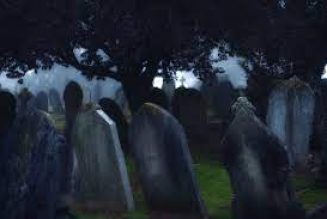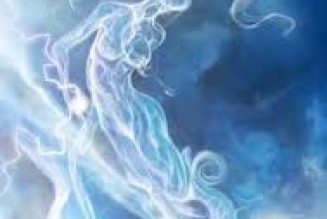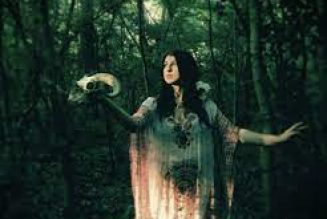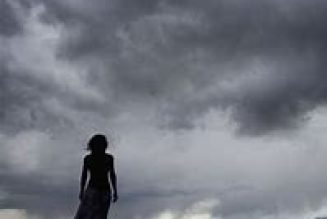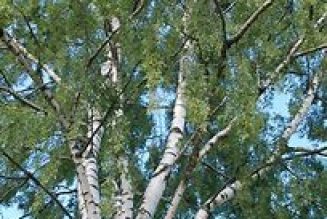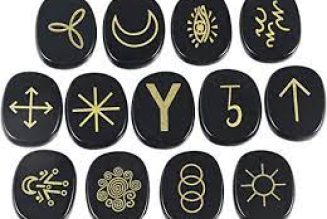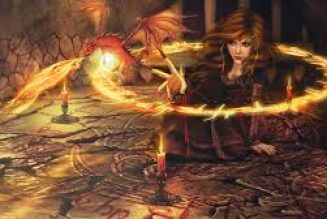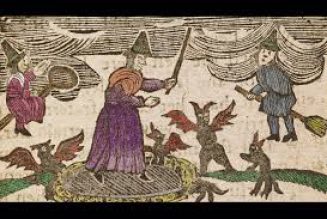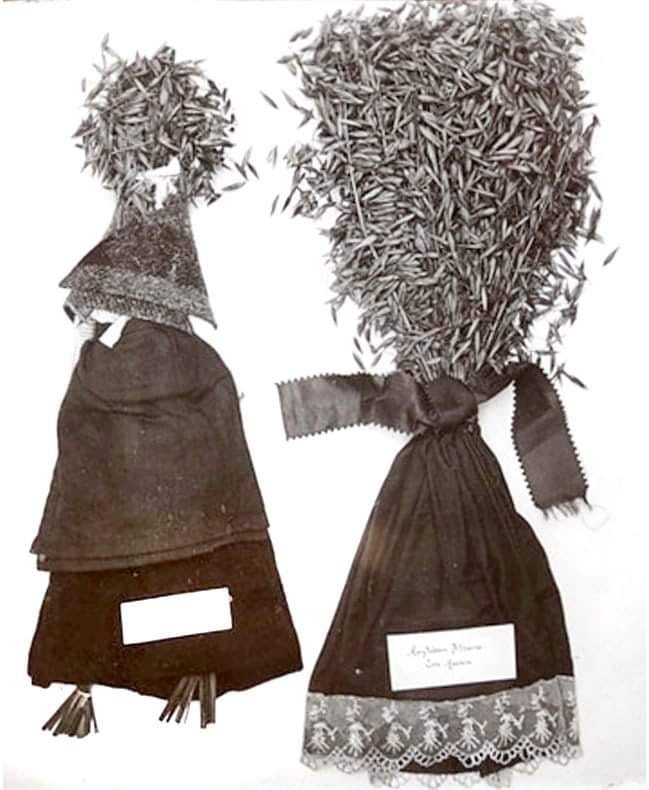
“An ancient and widespread custom across northern Europe was related to the cutting of the ‘last sheaf’ of the crop. The belief was that the ‘spirit of the corn’ was present in the grain; as the harvest proceeded, this spirit would become concentrated in the remaining crop and the final sheaf to be cut would contain its distilled essence.
Shown: Corn dollies collected by anthropologist Robert Craig Maclagan (1839 – 1919). Left Cailleach from Islay; right Maighdean Bhuana from Argyllshire
“In Gaelic tradition, the last sheaf or sguab mu dheireadh would usually be barley or oats, or a mix including rye. Once cut, the sheaf was crafted into a superstitious charm, which could take the form of a simple plait of straws tied up with ribbon, or may be crafted into a corn dolly and even clothed. The charm was displayed in the home over winter until it was time to start the growing process over again – often it was fed to the birds, horses, or ploughed back into the field to replenish the soil.
“As Calum MacLean writes (Scottish Studies, vol. 8, 1964), traditions relating to the last sheaf were found all over Scotland in various forms and with various names. In Gaelic it was called the maighdean-bhuana (the harvest maiden), the cailleach-bhuaineadh (the old woman of the harvest), or clàidheag, which became the Scots clyack.
“In some places it was the youngest female who cut the sheaf; in others it was the oldest person in the community. It was sometimes considered good luck, sometimes bad.
“It’s fascinating to listen to the different explanations – for example, the recording of William Forbes speaking to Ann Ross in Highland Perthshire in 1964 (Track ID 75601) or Janet Shaw speaking to Calum Maclean in Jura in 1953 (Track ID 6998).
Different localities had different names for their harvest celebrations. It was often called the ‘Harvest Home,’ but it was also known as a ‘Kirn’, a ‘Meal and Ale,’ a ‘Muckle Supper’ or Deireadh Buana in Gaelic.”
“These were events in which the the whole community took part and served as a thank you to those who had helped make the harvest successful. There would be plenty of food and drink, as well as games, divination, music, singing and dancing.
“There is a cheerful recording from John MacDonald in Elgin, with an explanation of the last sheaf, a dram and the tune ‘Harvest Home’ played on the melodeon (Track ID 25999). [Each of these audio tracks is linked in the article] Calum Maclean interviewed Kate MacRae from Lochalsh about the feasting and dancing at the Fèis Deireadh Bhuana (Track ID 1283).
“And in Orkney, Ethel Findlater spoke to Alan Bruford about the ‘Muckle Supper,’ which used to take place in people’s homes before the village halls were built (Track ID 64275): “After the harvest wis all in and they hed their potatoes up and everything ready for the winter, and the cattle all inside, they had a jollification they called the ‘muckle supper.’ And it was just held in the farm house and in the barn…the ones that had been helping them in the harvest time they would all invite…Plenty to eat and plenty of fun. Somebody would maybe sing a song or two…and then they danced ‘til maybe four o’clock in the morning!””
